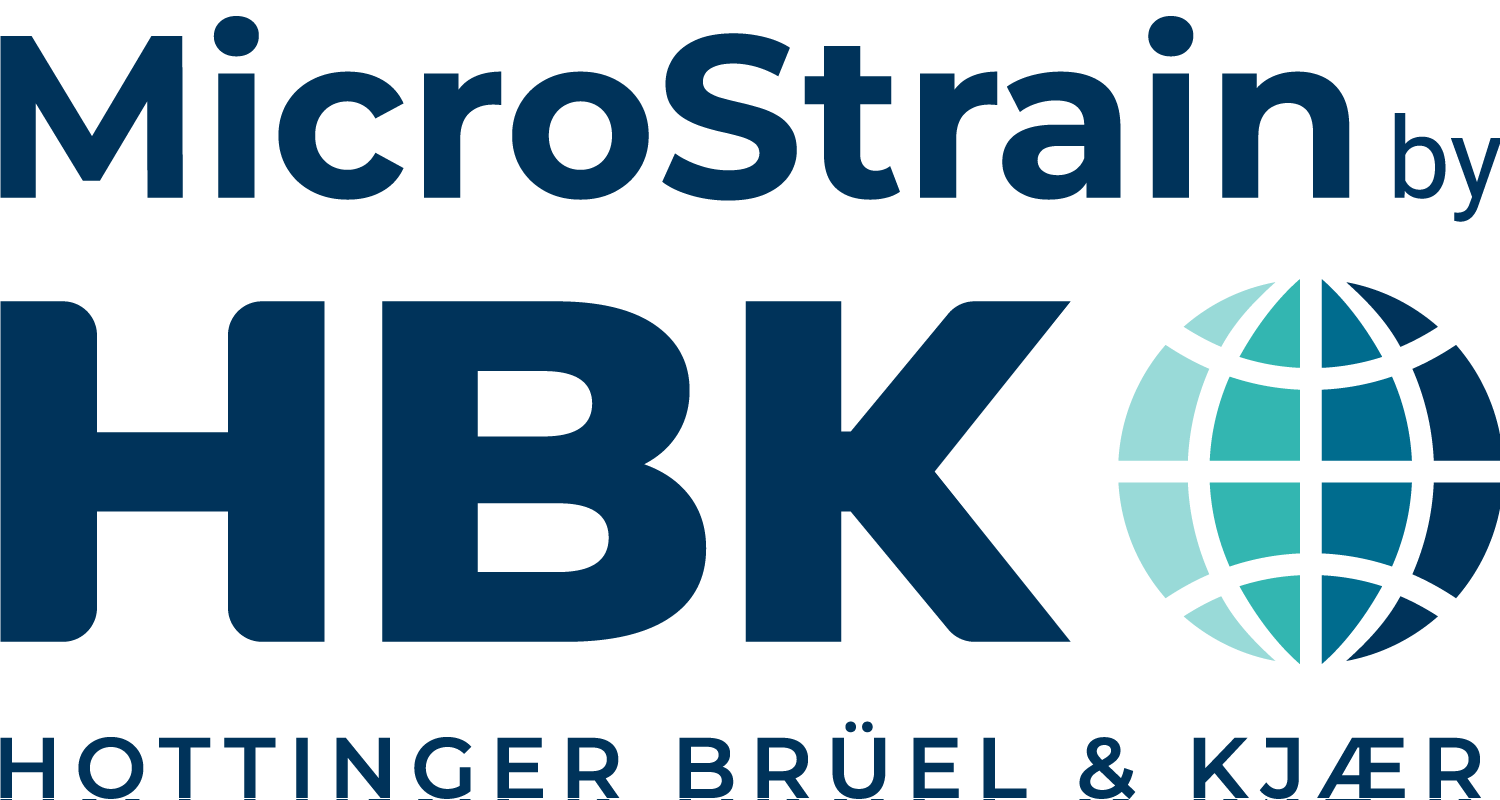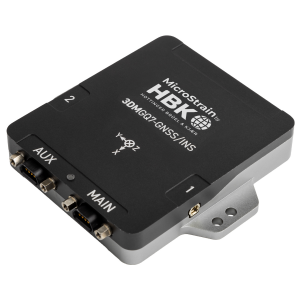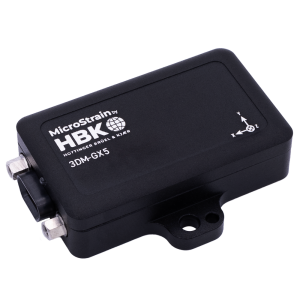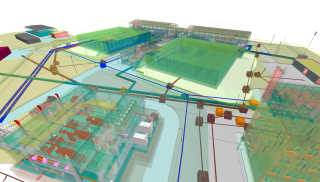

Spot's Autonomous Adventure - Using an Inertial Navigation System Helps Improve Accuracy for Autonomous Projects
The last time I asked my dog to head across town to get me a coffee she stared blankly at me, eventually deciding that whatever I said was of no interest to her. As expected, it was up to me to put my shoes on and go get the coffee myself.

Sorry, you wanted me to get what now?
Dave Niewinski, one of our favourite robotics engineers, once again set out to engineer a solution to this problem. His development platform was the Boston Dynamics Spot quadruped robot. Spot is a highly capable mobile robot, with the ability to traverse challenging terrain while carrying small payloads. With a few essential components mounted to its back, including the 3DMGQ7-GNSS/INS and NVIDIA’s Jetson Orin, Spot was ready to head across town to pick up a snack and coffee.
Spot is designed for hands-off applications like exploration and inspection, so why does it need a precise navigation solution like the 3DMGQ7-GNSS/INS? Consider this: typical GPS systems, without the benefit of RTK corrections, will get you a position accuracy of around +/- 1 meter. This might sound good enough, but when you’re trying to precisely navigate across town without walking into traffic, all of a sudden +/- 1 meter becomes far too large of an uncertainty zone to make sure you’ll get where you need to go safely. With the 3DMGQ7 and 3DMRTK navigation system, it’s possible to achieve position accuracies as low as +/- 1 centimeter!

3DMGQ7-GNSS/INS installed on Spot
Picture yourself dropping a small earring in your living room and trying to find it. Pretty tough. Now drop it in a space the size of a quarter. Much easier. Now translate this to an application like autonomous mobile robot navigation. 1 centimeter accuracy can mean the difference between getting where you need to go or falling off a sidewalk into traffic.
But what happens if Spot, or your own mobile robot, walks into a tunnel or inside a building? As Dave points out in his latest video, the precision IMU inside the 3DMGQ7 ensures uninterrupted navigation capabilities even during GPS outages.
As mobile robotics get more advanced and autonomous navigation applications become more common, the need for precision navigation solutions grows. Whether it’s guiding your robot dog across town for a coffee and fritter, or delivering packages without ever needing human input, the 3DMGQ7-GNSS/INS is the right tool for challenges that require the highest level of performance. Learn more about the 3DMGQ7 and all of our MicroStrain inertial sensors by reaching out to our talented sales and support teams. You can also view and purchase select MicroStrain sensors on Mouser.
Do you have questions about this case study?
Get in touch with MicroStrain by HBK, and they would be happy to answer any questions you have about pricing, suitability, availability, specs, etc.










